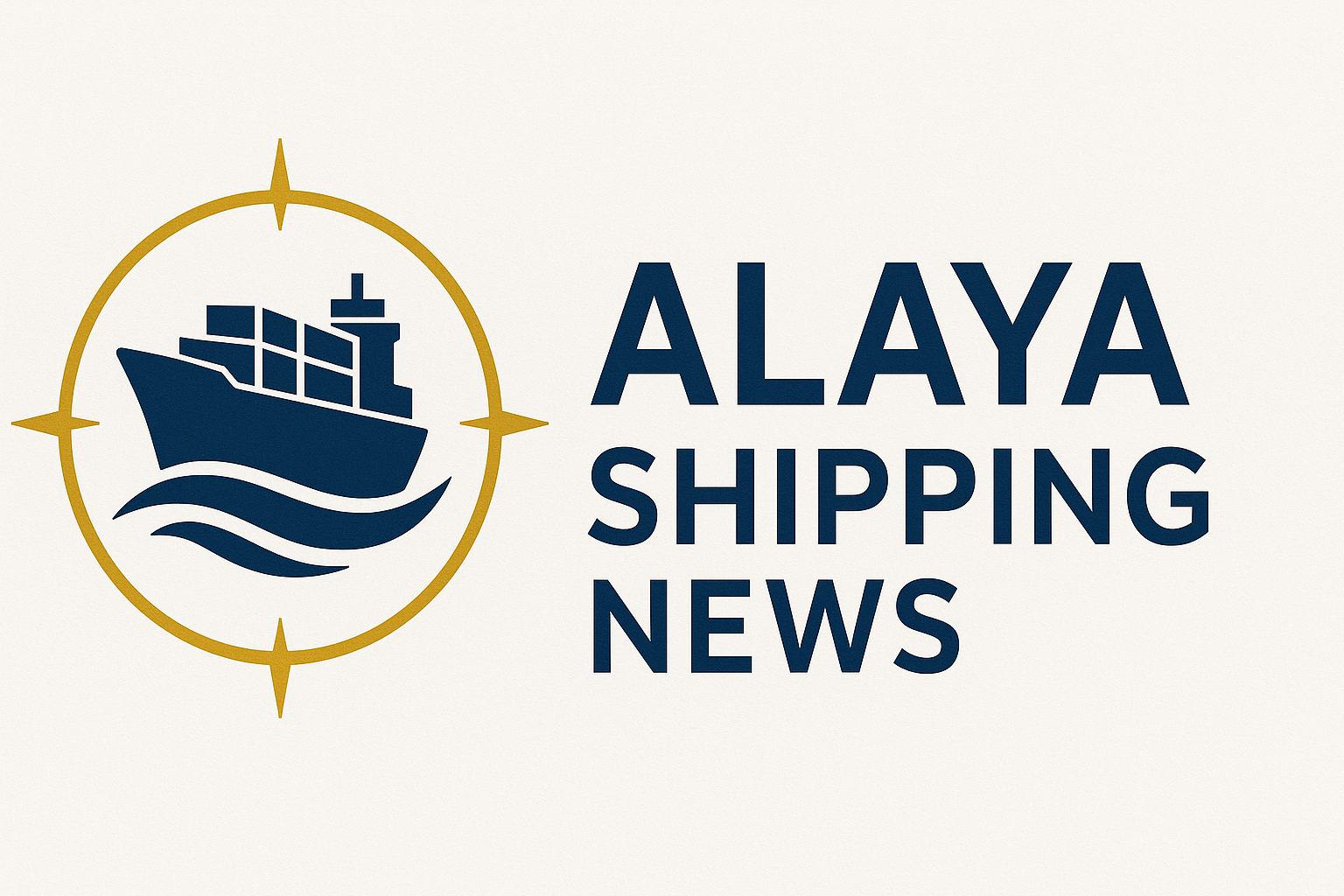
Iron Ore Market Dynamics: Analyzing the MMI Daily Iron Ore Index Report for August 25, 2025
The iron ore market, a cornerstone of global industrial production, is experiencing significant fluctuations as evidenced by the MMI Daily Iron Ore Index Report for August 25, 2025. This report provides crucial insights into the current state of the iron ore market, highlighting price movements, fleet dynamics, and broader geopolitical and regulatory influences that are shaping the industry’s landscape. Understanding these elements is vital for stakeholders across the supply chain, from miners to steel producers, as they navigate a complex and evolving market environment.
Price Movements: A Snapshot of Volatility
According to the MMI Daily Iron Ore Index Report, iron ore prices have shown a marked increase, reflecting ongoing volatility in the market. The index, which tracks daily price changes, indicates a rise driven by a combination of supply constraints and robust demand from key markets, particularly in Asia. This price surge underscores the sensitivity of the iron ore market to shifts in supply and demand dynamics, which are often influenced by broader economic conditions and geopolitical developments.
The report highlights that recent disruptions in supply chains, exacerbated by geopolitical tensions and regulatory changes, have contributed to the tightening of iron ore availability. This has placed upward pressure on prices, as buyers scramble to secure necessary supplies to meet production needs. The volatility in prices is a reminder of the market’s susceptibility to external shocks and the importance of strategic planning for businesses involved in the iron ore trade.
Fleet Dynamics: Navigating a Changing Landscape
The maritime fleet, responsible for transporting iron ore across the globe, is also undergoing significant changes. The report notes that shipping rates have been affected by a combination of factors, including fluctuating fuel prices and evolving environmental regulations. As shipping companies adapt to new regulatory requirements, such as stricter emissions standards, operational costs are likely to rise, potentially impacting freight rates and the overall cost of iron ore transportation.
Moreover, the introduction of new technologies and innovations in fleet management is reshaping the logistics of iron ore shipping. Companies are increasingly investing in more efficient vessels and digital solutions to enhance operational efficiency and reduce environmental impact. These developments are crucial as the industry seeks to balance economic viability with sustainability goals, a challenge that is becoming increasingly prominent in the global shipping sector.
Geopolitical and Regulatory Influences: Shaping the Market
Geopolitical tensions and regulatory changes are playing a pivotal role in shaping the iron ore market. According to the MMI report, recent geopolitical developments, particularly in key producing and consuming regions, have introduced new uncertainties into the market. Trade policies, diplomatic relations, and regional conflicts can all have significant implications for iron ore supply chains, affecting everything from production levels to transportation routes.
In addition to geopolitical factors, regulatory changes are also impacting the market. The push for greater environmental sustainability is leading to stricter regulations on mining and shipping practices. This is driving companies to adopt cleaner technologies and more sustainable practices, which, while beneficial for the environment, can also increase operational costs. These regulatory pressures are likely to continue influencing the market, as governments and industries strive to meet international climate commitments.
Supply Chain Challenges: Adapting to New Realities
The iron ore supply chain is facing a range of challenges that are influencing market dynamics. The report highlights ongoing disruptions in supply chains, driven by factors such as labor shortages, logistical bottlenecks, and infrastructure constraints. These issues are complicating the movement of iron ore from mines to markets, leading to delays and increased costs.
To address these challenges, companies are exploring new strategies to enhance supply chain resilience. This includes diversifying supply sources, investing in infrastructure improvements, and leveraging digital technologies to improve supply chain visibility and efficiency. As the market continues to evolve, the ability to adapt to these new realities will be critical for companies seeking to maintain competitiveness and ensure reliable supply to their customers.
Analyst Perspectives: Navigating Uncertainty
Market analysts offer varied perspectives on the future trajectory of the iron ore market. Some analysts are optimistic, pointing to strong demand fundamentals and the potential for technological innovations to drive efficiency gains and cost reductions. They argue that, despite current challenges, the long-term outlook for the iron ore market remains positive, supported by ongoing industrialization and infrastructure development in emerging markets.
Conversely, other analysts caution that the market faces significant risks, including potential economic slowdowns, further geopolitical tensions, and the impact of regulatory changes. These factors could lead to increased volatility and uncertainty, making it essential for companies to adopt flexible strategies and robust risk management practices.
Conclusion: Scenarios for the Iron Ore Market
Looking ahead, the iron ore market faces a range of potential scenarios. In a base case scenario, continued demand growth, coupled with supply chain improvements, could stabilize prices and support steady market growth. A bullish scenario might see accelerated technological advancements and favorable geopolitical developments, driving further price increases and market expansion. Conversely, a bearish scenario could emerge if economic conditions deteriorate or geopolitical tensions escalate, leading to reduced demand and increased market volatility.
Ultimately, the iron ore market is at a crossroads, with multiple factors influencing its future direction. Stakeholders must remain vigilant and adaptable, leveraging insights from reports like the MMI Daily Iron Ore Index to navigate the complexities of this critical global industry.
Sources (selection):
